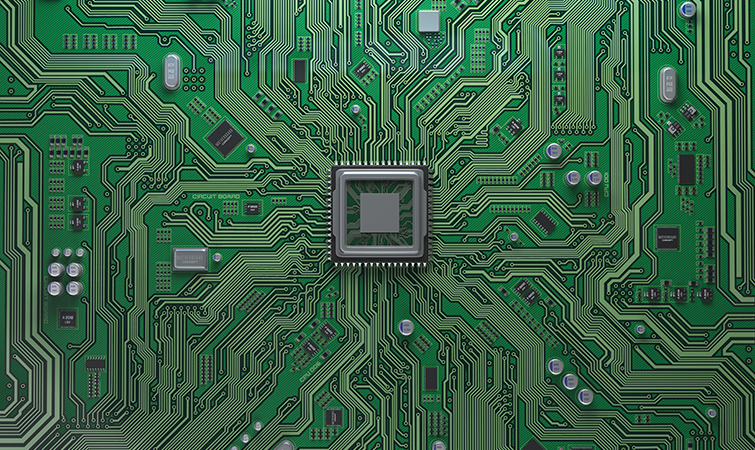Computer Architectures and Embedded Systems
We’re exploring new boundaries in health care with the use of embedded systems. Our researchers are aiming to develop improved output encoding methods for cochlea-like analyzers. The cochlea is the biological inner ear—a sensor that performs auditory frequency analysis over an ultra-broadband frequency range of ~20 Hz to 20 kHz with exquisite sensitivity and high energy efficiency.
We have developed neuron-like asynchronous event-generation circuits to encode cochlear outputs to improve frequency resolution without reducing temporal resolution.
We’re also creating the next generation of ultra-low-powered communication and sensory devices. Our researchers developed an atomically thin device able to receive and transmit signals across a radio frequency range beyond the human hearing limit.
Made from atomic layers of semiconductor crystals, they can sense or “hear” radio frequency signals across the highest reported dynamic range for vibrating transducers of their type.
Labs and Facilities
- ECSE Undergraduate Computer Lab
- Embedded Systems Laboratory
- Jennings Computer Center Lab
- Mixed-Signal Integrated Circuit Laboratory
- Nord Computer Laboratory
Faculty who conduct research in Computer Architectures and Embedded Systems

Pan Li

Chris Papachristou



